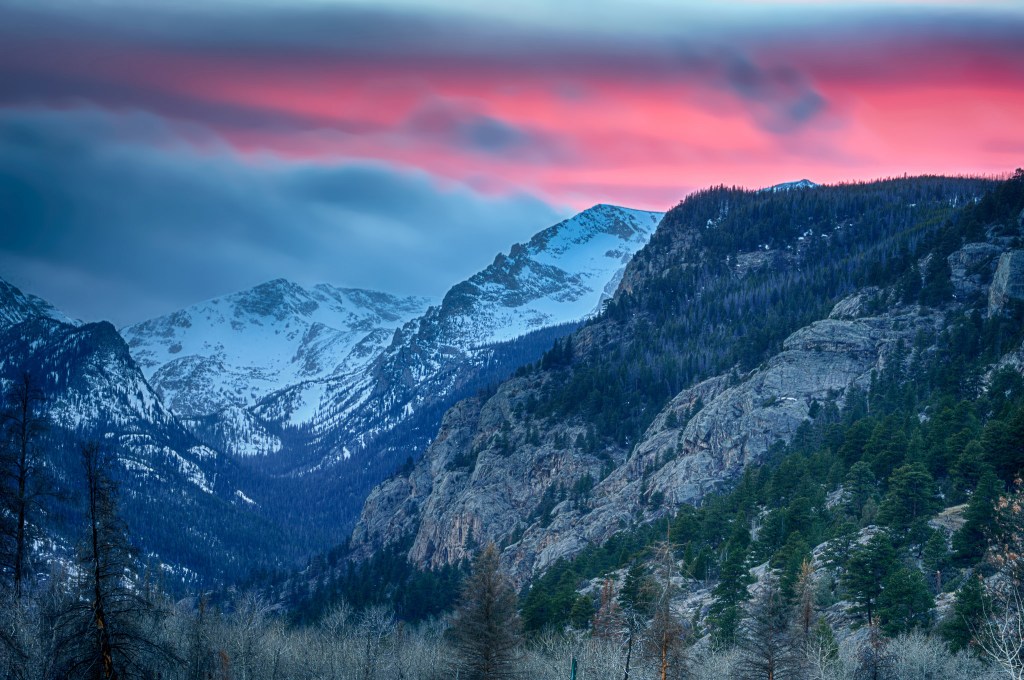Climate change is scrambling habitats and shifting home ranges across the globe. When faced with these enormous changes, conservationists might need to rely on the foundation of ecology itself — geodiversity — to plan for the future.
Geodiversity As Strategy for Conservation
Old-school conservation identifies places to protect by looking at the locations of key species or ecosystems. Spotted owls need old-growth trees in the Pacific northwest rainforest, while giant pandas need vast tracts of montane bamboo.
But this tactic is being challenged by a world in flux, where the locations we protect today could look entirely different in a few hundred years. One answer to this dilemma is to use geodiversity as a filter for conservation planning.
“Geodiversity is comprised of different types of soil, topography, landforms, and bedrock,” says Mark Anderson, The Nature Conservancy’s director of conservation for the eastern United States division. “It drives the patterns of biodiversity.”
The theory is simple: given differences in geodiversity, certain landscapes are more resilient to the impacts of climate change than others and are better able to sustain native wildlife and ecological processes. By protecting these strongholds across all types of soils and bedrock, conservationists can ensure that a broad number of species have suitable habitat.
This strategy —nicknamed “conserving nature’s stage” — focuses conservation efforts on the physical factors that actually create biodiversity, giving species and natural communities the best chance to rearrange themselves as the climate changes. It also has the advantage of relying on on-the-ground information, instead of predictive climate models that are a best estimate of how the world will change.
“Nature is dynamic and resilient,” says Anderson. “This strategy challenges us to create arenas for evolution, not museums of the past.
Compiling the Evidence
Nature Conservancy scientists are making the case for conserving nature’s stage. Joined by leading researchers — including Paul Beier of Northern Arizona University and Malcolm Hunter of the University of Maine — they explore how this strategy can be applied to current conservation efforts in a recent special issue of Conservation Biology.
Scientists from Wildlife Conservation Society created the first global map of geodiversity types, and then estimated how much of each of those 672 types are already protected. They recommend that future conservation efforts should focus on the least protected types, including both low-elevation environments and geology and soils that are the most productive for agriculture.
Other research indicates that geodiversity played a role in mitigating past extinctions — Jacquelyn Gill, a paleoecologist and biogeographer and the University of Maine, and colleagues found that although past episodes of climate change in the last 2.5 million years produced many local extinctions, geodiversity minimized the number of global-scale extinctions.
Incorporating Geodiversity into Current Conservation Planning
Research also indicates that conserving nature’s stage is not expected to vastly alter existing conservation plans. “It’s complementary, not competitive with current planning efforts,” says Anderson.
By analyzing eight case studies, Anderson and his colleagues found that incorporating geodiversity targets into traditional conservation planning does not typically increase the total area prioritized, and does not decrease the success of other conservation targets.
“Conserving nature’s stage helps us ensure that different suites of species will have a place on the landscape,” adds Ken Elowe, the U.S. Fish and Wildlife Service assistant regional director of science applications for the Northeast region.
He says that while conserving nature’s stage should not serve as a standalone strategy, it’s complementary to existing conservation planning. “But part of the challenge is that we have to somehow define how much of the landscape we want to protect.” Elowe says that traditional species metrics, like population objectives, can help pinpoint how much we need to conserve. They also serve as an important means of conveying landscape-scale conservation to the public, which he says connect more readily with wildlife.
“While it may never be an agency directive, I think that the idea of conserving nature’s stage will gain a lot of traction,” says Elowe. “Its an assurance that the uncertainty of climate and species assemblages will somehow be smoothed over if we take into account the geophysically important characteristics that we know will always be important. It intuitively fills a gap in conservation planning that people have been uneasy about for long time.”




This article is so interesting and more useful. Once again thanks for sharing this wonderful article.
Dear Justine,
As a geologist and enviromentalist I was intrigued by an article on the same topic, quoting Mark Anderson, by British writer Kate Revillious in the current New Scientist magazine but I’m struggling on-line to find a reference for Mark Anderson’s work. Can you help please?
Kind Regards
John Martyn
Great article, interesting approach. I’m always looking for more holistic models for protecting habitats & critters. This looks promising. It makes sense to hold spaces for diversity to adapt, thrive, and manifest.
We should careful for all the creatures.